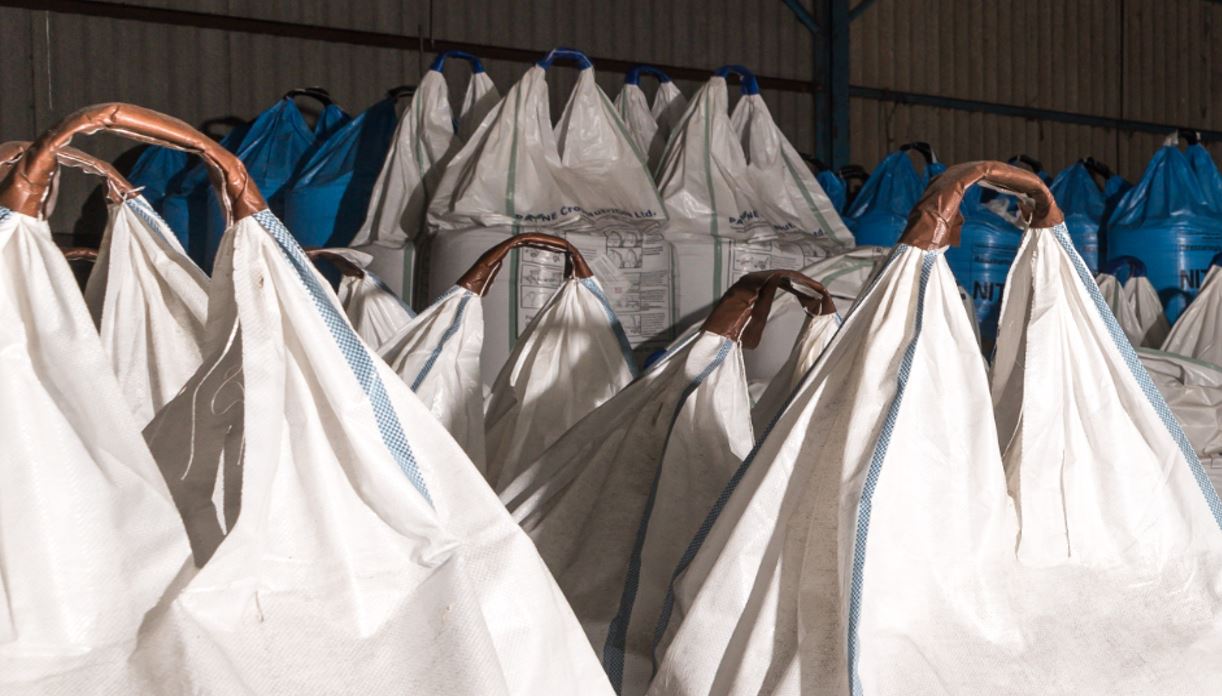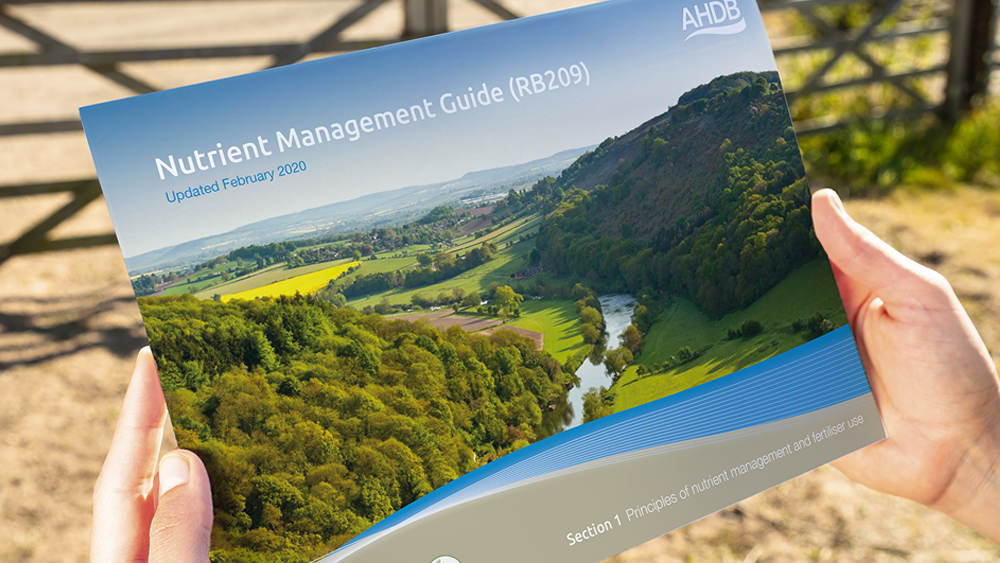- Home
- Knowledge library
- Nitrogen and sulphur fertiliser management to achieve grain protein quality targets of high-yielding winter milling wheat
Nitrogen and sulphur fertiliser management to achieve grain protein quality targets of high-yielding winter milling wheat
Summary
This project provided new evidence to inform nitrogen (N) and sulphur (S) fertiliser management guidelines for modern winter milling wheat varieties.
The work was conducted to help farmers achieve grain quality targets and to assess the impact on dough rheology and baking performance.
Ten nitrogen field experiments were conducted over three harvest years (2019–21) to test eight nitrogen treatments or a combination of sulphur and nitrogen applications.
Specific objectives and key conclusions are shown below:
- Review data to understand how soil N supply (SNS), applied N and yield potential affect grain quality.
It was shown that higher total amounts of N-supply, expressed as SNS plus applied fertiliser, were associated with higher grain protein content.
- Quantify the responses to N fertiliser application rate and timing.
There was no difference between applying extra N at GS 32 and GS 39, unless a dry spring prevented crop N uptake.
N application at GS 73 consistently increased protein to higher levels than earlier applications.
Grain protein could be increased from additional N applications: on average, an additional 40 kg N/ha increased grain protein by 0.5 %, an additional 80 kg N/ha increased grain protein by 1.0 %, and an additional 120 kg N/ha increased grain protein by 1.3 %.
- Quantify the response to S fertiliser application rate and timing.
There was no significant response to S, probably because most of the sites were not deficient. There was no requirement to alter current recommendations for S fertilisation, with applications of 50 kg SO3/ha, where a risk of S deficiency is identified.
- To assess the impact of N and S fertiliser rate and timing on dough rheology and baking performance.
There was no detrimental impact on baking quality when foliar urea was applied compared to applications of ammonium nitrate. Addition of S fertilisers is useful where acrylamide formation can be minimised to sulphur-deficient wheat grown for flour milling or cereal foods.
- Develop the basis of new recommendations for N and S fertiliser applications for winter milling wheat quality.
There is no need to change the current rates of application.
- Transfer fertiliser management guidelines to farmers and agronomists.
Accurate assessment of SNS supports applying the right amount of N fertiliser for yield.
Quantity of extra N applied above RB209 recommended rates is more important than the timing of it. Although, late foliar urea applications tended to show an increase in grain protein between 0.2 to 0.5 % compared to ammonium nitrate.
Varieties responded slightly differently to N applications but there was no significant effect on baking quality.
Baking quality is not only determined by protein quantity but by other factors, such as Hagberg Falling Number (HFN) and specific weight. In fact, there was no quality difference between grain protein contents of 12.5% and 13% when the other factors were correct. This highlights that achieving all milling specifications, not just protein, is important to ensure grain meets the requirements of the UK’s diverse baking industry and retail sectors.
Video
Read an article about the research
Listen to NIAB's Farming Systems specialist Dr Nathan Morris explain the research
Watch Steve Hoad (SRUC) present the final results at the Agronomists' Conference 2022



